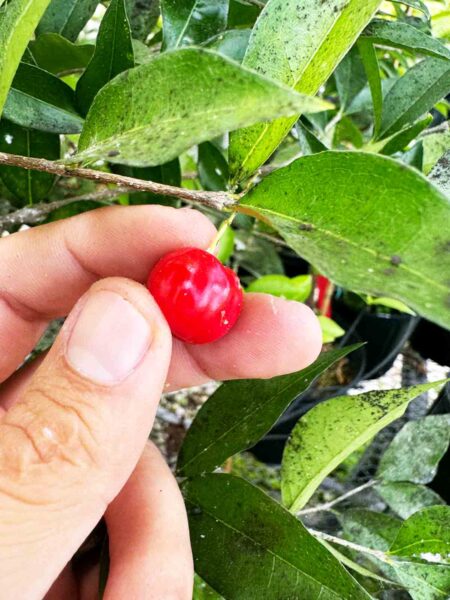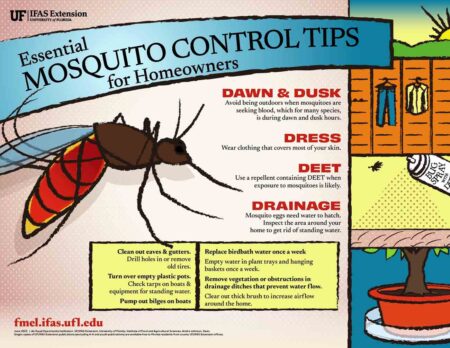Q. I plan to install a new St. Augustine lawn in 2021. Can you provide a calendar schedule for applying insecticides, fungicides and herbicides to a lawn in North Florida?
A. It’s difficult or impossible to offer a “schedule” or “calendar” approach to pest control in a lawn. Pests should be treated as needed. The primary pests of St. Augustinegrass are chinch bugs and gray leaf spot fungus. Chinch bugs are mostly active during the hotter, drier weather of spring and summer.
Gray leaf spot is mostly active during warmer, wet weather. Mole crickets and large patch fungus are not as much of a problem as compared to chinch bugs and gray leaf spot. Mole crickets are wrongly blamed for many lawn problems. It’s best to target the immature stage of the mole cricket, which means treating during June or July.
Large patch is the most active during the cooler weather of spring and fall. Weeds should be dealt with based on the type of weeds your lawn has.

But it is not a given that you’ll have to treat for any of these pests on a regular basis. Learn to monitor for these pests and treat the lawn only as needed. Correct maintenance (fertilizing correctly, watering on an as needed basis and mowing at the correct height) is the major factor.
Additional information on growing a Florida lawn, including pest identification and management is available online at https://hort.ifas.ufl.edu/yourfloridalawn or through contacting my office.
Also, you may be interested in the UF/IFAS Extension North Florida Gardening Calendar, available at this link. http://edis.ifas.ufl.edu/ep451
Below is a sample of things to do for the month of January. You’ll find that calendar items for North Florida lawns begin to happen more in the spring and summer months.
In the vegetable garden, Irish potatoes can be planted now. Start with healthy seed pieces purchased from a local nursery or online seed catalog. Continue planting cool-season crops, including broccoli, kale, carrots, and lettuce. See Vegetable Gardening in Florida: http://edis.ifas.ufl.edu/topic_vegetable_gardening
Plant deciduous fruit trees now to give their roots time to develop before the warm, dry spring months. Prune and fertilize existing trees. See Temperate Fruit for the Home Landscape: http://edis.ifas.ufl.edu/topic_home_temperate_fruit
Be ready to cover tender plants to minimize damage. Frost or freezes are likely this month and next. See Cold Protection and Chilling Damage of Landscape Plants: http://edis.ifas.ufl.edu/topic_landscapes_and_cold
Celebrate Florida Arbor Day (the third Friday of January) by planting a tree in your yard or community. Consider a hurricane-resistant tree, such as live oak, bald cypress, cabbage palm or crapemyrtle. See Arbor Day in Florida: http://edis.ifas.ufl.edu/topic_arbor_day
Larry Williams is the Extension horticulture agent with the Okaloosa County Cooperative Extension Service, University of Florida. Contact Larry at 689-5850 or email lwilliams@myokaloosa.com.





